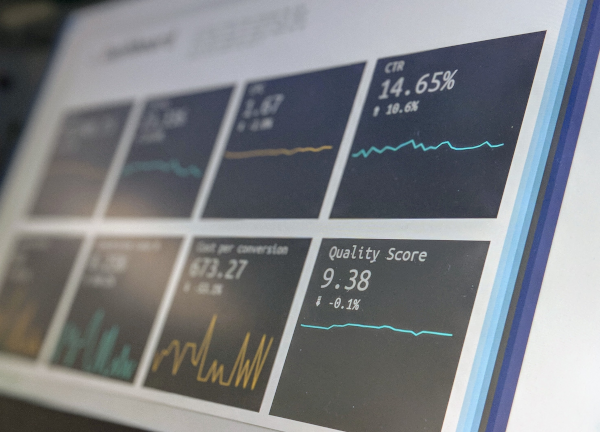The goal of my blog has been and will always be to distill ERM concepts into actionable insights for anyone interested or who is tasked with risk management in their organization.
If you browse around, you will find that I discuss qualitative risk analysis methods like scenario planning, root cause analysis, and just plain old conversations quite extensively.
However, quantitative methods like modeling, Monte Carlo simulation, and other assessment methods are concepts I rarely discuss in any depth.
There are big reasons for this…
Most of the organizations I work with are not ready for this advanced level of ERM.
When I first speak with a potential client, most of them have informal ERM practices in place or nothing at all.
As I explain in a recent article on the importance of governance, organizations I work with typically have different trouble spots that need to be resolved before they are ready for ERM. Some of these organizations do not have established corporate governance policies, a strategic plan, or even decision-making fundamentals!
Now I don’t want to imply that I think modeling and quantitative ERM is inferior to the qualitative methods I’m more familiar with – absolutely not!
Quantitative methods can provide great (and sometimes, unexpected) insights…
In fact, the number results from modeling can help you determine the best response your organization should choose to take the right amount of risk to ensure your organization is successful, both in the short- and long-term.
One of the ways in which quantitative methods can be so helpful is the recognition that there is not a single definitive impact of a risk. Instead, it is a range of impacts that vary based on the likelihood of the risk. This simple, but huge, difference is why some people are ardent advocates of quantitative risk analysis.
A few weeks ago, I discussed ERM outputs and how you have to keep your audience’s needs and preferences in mind. Some people, especially those in a financial or actuarial role, are simply more comfortable with having hard numbers in hand to make a decision.
If you want to learn more about modeling, Monte Carlo simulation, and other quantitative ERM concepts, I recommend checking out Hans Læssøe’s book, Prepare to Dare, as a good starting point. (Hans is also working on a new book, Decide to Succeed, that will discuss the practical application of risk and opportunity into the decision-making process.) You can also take a look at presentations by David Vose (of Vose Software), Duncan Harwood, and others at Risk Awareness Week 2019.
In the year ahead, expect to see more on quantitative ERM as I share insights from other experienced ERM professionals via guest articles and interviews. (I don’t want to mention any names since logistics are still being finalized…)
Does your organization use modeling and other quantitative assessment methods to understand risk and opportunities? How have you found it useful?
I’m always interested in learning more, so please don’t hesitate to leave a comment below or join the conversation on LinkedIn.
Don’t get the impression that if you require quantitative-based assessments that I can’t help you. I’m already making progress on some big changes for 2020, one of which is expanding my team with complementary skill sets. With this broader range of skills and knowledge, we will truly be able to provide solutions for your organization’s decision-making and strategic planning challenges.
Therefore, if your organization requires a more numbers-based approach for understanding its risks, contact me to discuss your specific situation and how we can help address your challenge.
Featured image courtesy of Stephen Dawson via Unsplash.com








